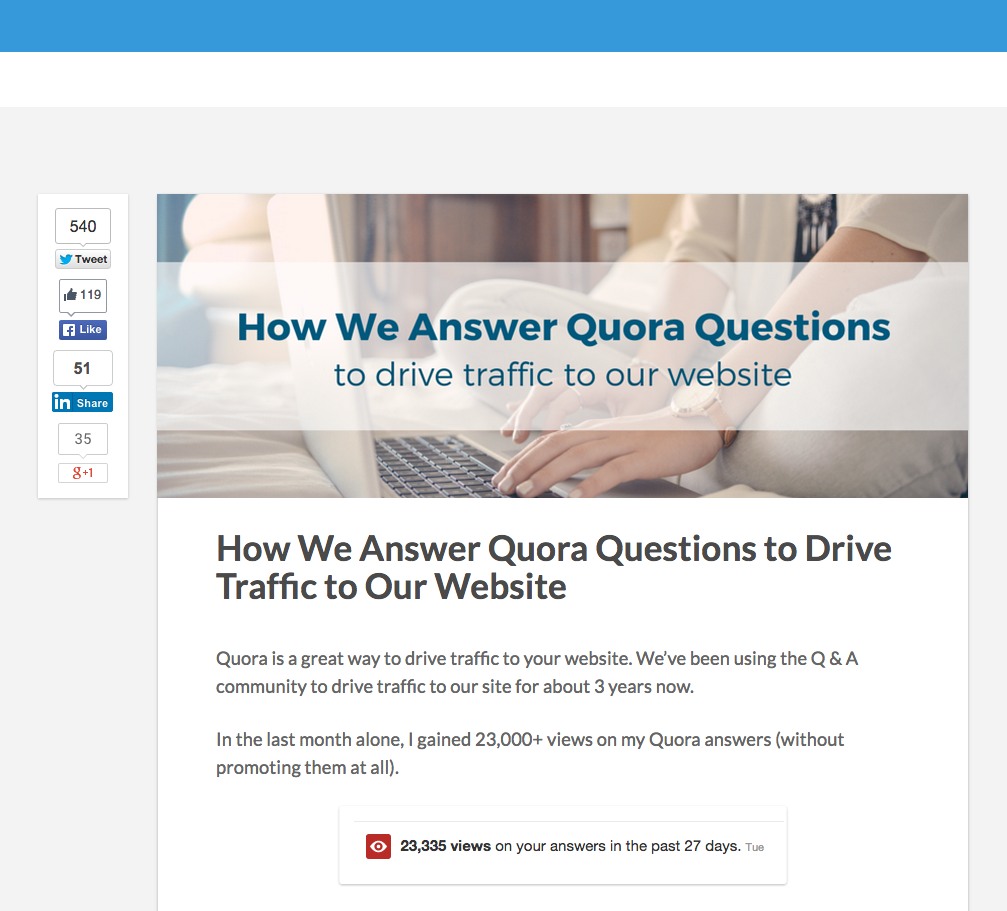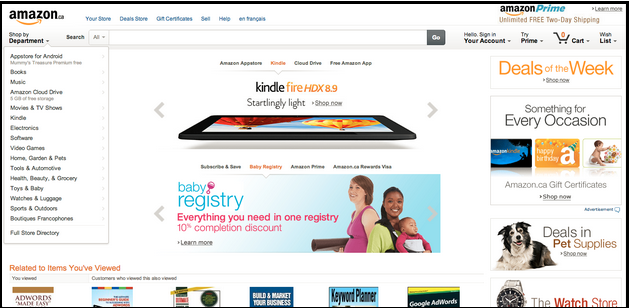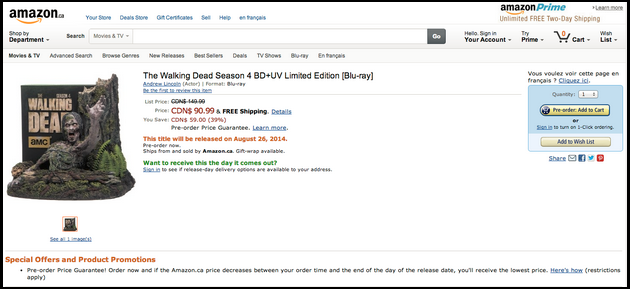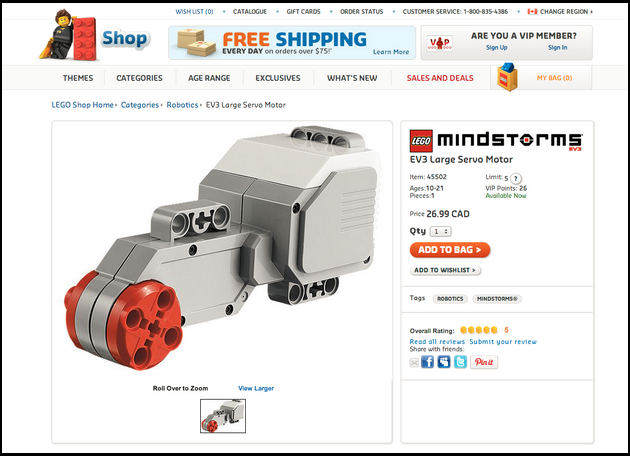Get A Professional Website, SSL Certificate, Updates, and Reliable Hosting For ONLY $1/Day With Our Flagship Platform, WebsiteRabbit.io
Get A Professional Website, SSL Certificate, Updates, and Reliable Hosting For ONLY $1/Day With Our Flagship Platform, WebsiteRabbit.io
What is a Landing Page?
Facebook
Twitter
What is a Landing Page?
In marketing terms, a landing page is a distinct page on your website that’s built for one single conversion objective. In other words, a landing page should be designed, written and developed with one business purpose in mind.
This article will dive into the nitty gritty of defining a landing page, with real-world landing page examples, a few landing page design best practices, and a complete answer for the question, “What is a landing page?”
What is a Landing Page?
In marketing terms, a landing page is a distinct page on your website that’s built for one single conversion objective. It’s a page within your website built with a single actionable ask that facilitates the completion of that objective.
Some purists in online marketing would even suggest your landing page should be completely distinct from the rest of your website – with no navigation bar to distract your visitors from your sole conversion goal.
The most common landing page is a Google Ad words landing page. This is a landing page that people “land on” after they click on a Google Search Ad.
A blog article on your website is NOT a landing page – it’s not designed for a sole conversion ask, and it is created for more than one business purpose. It is, however, a website page.

On the other hand, an ebook download page with one Call to Action (CTA) for conversion and one sole purpose (that is to generate leads through content) – IS in fact a landing page.
Make sense? Or are you still not sure what a landing page is? Check out this video.
Is a Landing Page Just Like a Homepage?
No! A landing page is not your homepage. You’d know that if you were paying attention, above. (I know, I know we’ve all got goldfish brains these days and, well, it always helps to say things a number of different ways for people to understand what the heck you’re talking about).
Your homepage is not a landing page. Why?
Does it have:
- One single purpose?
- One focal conversion event opportunity (such as one CTA form)?
Your homepage generally has many purposes – to introduce your visitors to who you are, show examples of your product, play a video of customer testimonials and so on. Your homepage probably even has CTA buttons and forms (such as a ‘sign up’ form, ‘free trial’ button, product links with CTAs and so on). But your homepage is not designed to convert for just one single objective. It is catering to several products or services.
Take a look at Amazon’s homepage. It has many clickable CTA’s. But it’s not a landing page with one conversion objective that’s easy for a visitor to act upon.

Amazon does have thousands of landing pages – one for each of its products. Each product landing page is for the single purpose of the product, and has a focused conversion CTA (to “Add to Cart”).

What’s the Point of a Landing Page?
Okay, so now that I’ve hammered the definition of a landing page into you, let’s talk a little bit about the point of the landing page, and what makes them such a valuable marketing tool.
There are essentially three types of landing pages, each with distinct purposes:
- Direct sales
- Lead generation
- Relationship building
#1. Direct sales
Landing pages for direct sales are what most people I talk to understand. If you’ve ever ordered anything online, you’ve used a product landing page as a consumer.
A direct sale landing page is generally a product page (if you’re in ecommerce), an appointment booking page, a free trial and so on.
The sole purpose of a direct sale landing page is, well, to get the sale.
You can advertise your landing pages, for example, to drive traffic directly to your page and to get an immediate conversion.
Here’s a product landing page from Lego. The distinct purpose of the page is sales, and it has an easy to click CTA button (“Add to bag”) for conversions.

#2. Lead generation
Also known as lead capture pages, lead gen pages are used to gather information about your visitor. The single business purpose is get contact information (such as an email), personal information (such as a name) and any other info that you can later use to further connect with and market to your prospect.
A lead generation page generally has a longer form to complete than a direct sales page, and includes form fields you can use to segment, personalize and nurture. Your lead generation pages should show the benefits of converting, and have a high enough value proposition to increase conversions.
A lead generation page could be for a:
- Free ebook
- Webinar registration
- How-to guide
- Newsletter sign-up
#3. Relationship building
Also known as click-through landing pages, nurturing visitors directly on your site is a more advanced marketing technique. They’re sort of a combination of lead generation and direct sales landing pages. Their purpose is to warm leads through a sales funnel directly on your site. They keep visitors clicking through and converting as you guide them through your on-site sales path. You don’t necessarily need a personalized, segmented email automation campaign you might implement with lead generation (or a dropped sales cart).
When a prospect converts on your first page, they can be segmented and directed to targeted pages to further drive them through your sales channel. They work because, well, contrary to what some inbound marketers believe – not every customer is ready and willing to buy from you or register for your event immediately after they’ve clicked on your PPC or social ad.
Click-through landing pages allow you to nurture your leads once they’ve landed on your initial marketing page. They increase conversions by captivating your potential customer’s interest directly on your site, and allowing them to gain familiarity before sending them to your ultimate destination landing page.
Your visitor has already acted on your asks – one more “yes” isn’t such a deterrent.
To Wrap Up…
Now that you completely understand what a landing page is, you’re ready to make use of a landing page tool to build your own. You can also see how they’re becoming an essential tool for just about any business’ online marketing success. They’re created directly on your own website. You can gain sales, generate leads and nurture your prospects through one landing page campaign.
I’ll bet you can even think of at least four ways your own business could benefit from them, can’t you?
award winning Digital Marketing Agency
We work hard to ensure clear communication, seamless mobility and amazing service.
Ready to start building you vision?
Ready to start building you vision?

